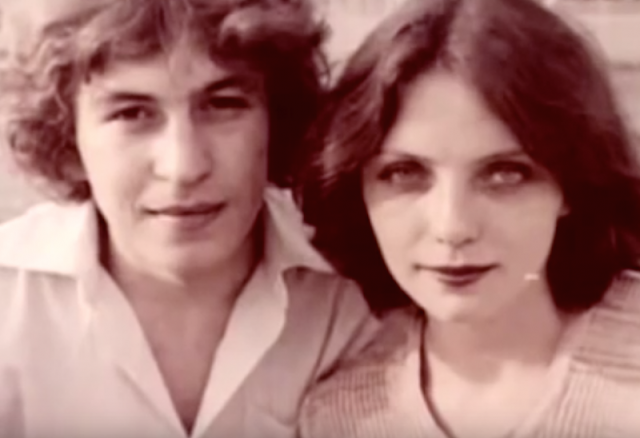The Plane That Returned to Flight After 67 Years in Glacier Ice
In the Marvel cinematic universe, Captain America spends 67 years trapped in glacier ice after the end of World War Two. This story is not about a frozen fictional superhero, but something just as amazing — Glacier Girl, one of the best-known P-38 fighter planes ever.
During the war, fighter and bomber airplanes were manufactured in North America and then flown across the Atlantic to fight on the European fronts. This was part of Operation Bolero (yes, they did have supremely cool names for operations in WWII). The planners of the operation expected to lose 10% of the planes crossing the Atlantic, but in reality they only lost 5.4% (still a staggering number when you think of it).

The biggest single day of losses in Operation Bolero occurred on July 15, 1942. Due to poor weather conditions and limited visibility, a squadron of six P-38 fighters and two B-17 bombers were forced to land on a glacier in Greenland instead of completing their trip across the Atlantic.
Pause for a moment to appreciate how unbelievable that is. They landed eight planes, on a glacier. It is estimated that 1,300 people each year die in the U.S. due to vehicle crashes on snowy, slushy, or icy pavement. On pavement. Paved roads. These crazy bastards landed on a glacier and amazingly none of the crew were lost.
Impressed yet? It gets even better: After the crew had landed the planes, they left them, assuming that they would be recovered by a later expedition. Harry Smith, the pilot of the plane that would become known as Glacier Girl (the plane in the best condition), even left his keys in the cockpit to make it easier for the recovery team. The crews then spent several days on the glacier until they were joined by a rescue team on dog sleds. Following this, they hiked to a place where a rescue boat picked them up, and we can only assume that the boat found them by following the cloud of pure testosterone surrounding them.
Glacier Girl got her name from Roy Shoffner, a Kentucky businessman, who was instrumental in planning and funding her recovery – a story just as incredible as how she got on the glacier in the first place. No one returned to pick up the planes for the rest of the war, but their location was noted, and decades later a group of aviation enthusiasts returned to Greenland in search of the missing fighters.

It took a bit of time as the planes had drifted about a mile from their original location, and the planes were found—only there was a bit of a problem: they were buried under 27 stories of ice.
As you can probably image, you can’t get just carve through 268 feet of ice and snow with your standard snow shovel. This challenge caused a tremendous amount of concern for the recovery expeditions, but they channelled their inner MacGyver and solved the problem with creativity and some very cool inventions – no pun intended. One of these inventions was the “Super Gopher”, a device that pumped superheated water through a nose cone in order to melt down to the planes.

The unbelievable weight of ice had crushed the B-17 bombers, but the sturdy P-38 fighters held up better. Once the expedition had dug down to the planes, they hollowed out a cavern in the space 27 stories down.

It was in that cavern that they could work to dismantle Harry Smith’s plane and bring it back up to the surface, piece by piece.
- Travelling down to the planes meant a 20-minute ride down in a four-foot wide shaft
- Each piece of the plane was brought to the surface through that same passage
- The recovery of Glacier Girl was documented in the show “Mega Movers” on the History Channel
- The final piece of the plane (the 3-ton centre section) was brought up on August 1, 1992, 50 years after she first landed on the ice
It took ten more years to finish the restoration, but in 2002, Glacier Girl returned to the air. It’s tough to say what’s more amazing, the fact that she could be restored and find flight again, or the length that people went through to bring her back from the ice in the first place.
Either way, we’ve all lost the right ever to complain about shoveling snow or scraping ice off our windshields ever again.




Comments
Post a Comment